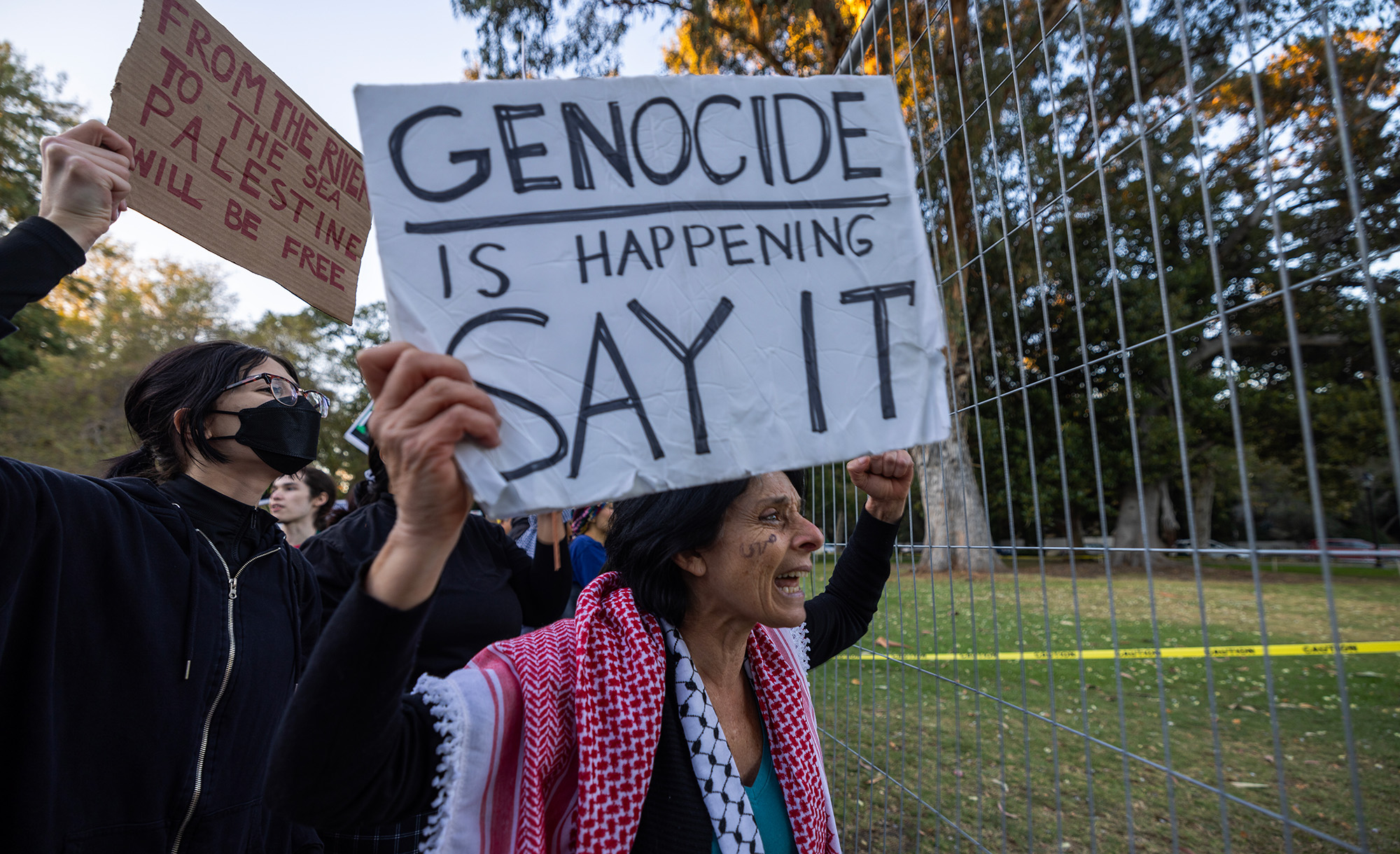This year, al-Qaeda suffered the death of its longtime leader Ayman al-Zawahiri, who was killed by a U.S. drone strike, and saw little success in its Middle Eastern operations, even if it has benefitted from the Taliban’s return to power in Afghanistan. Its offshoot-turned-competitor Islamic State (IS) has fared somewhat better, although the U.S. has managed to eliminate some of its key leaders as well. But, as Cole Bunzel explains, both organizations seem to be doing their best in Africa:
The most successful al-Qaeda affiliates were in Africa—al-Shabab in Somalia and Jamaat Nusrat al-Islam wal-Muslimin (JNIM) in the Sahel. In 2022, both were dynamic and dangerous organizations that posed major security challenges in their areas and beyond.
In 2022, IS boasted several “provinces”—or wilayat in Arabic—in sub-Saharan Africa, including in Nigeria in West Africa, Mali in the Sahel, the Democratic Republic of the Congo in central Africa, and Mozambique in southern Africa. It also boasts a particularly active franchise in Afghanistan along the Pakistan border known as IS-Khorasan Province or ISIS-K.
Unlike al-Qaeda, IS still had a strong presence in 2022 in the Middle East, particularly Iraq, Syria, and Egypt’s Sinai Peninsula. IS released a weekly newsletter called al-Naba documenting insurgent attacks in its various provinces. The pace of attacks was somewhat lower in Syria and steeply down in Iraq compared with previous years.
More about: Africa, Al Qaeda, ISIS, Radical Islam, Sinai Peninsula, War on Terror


